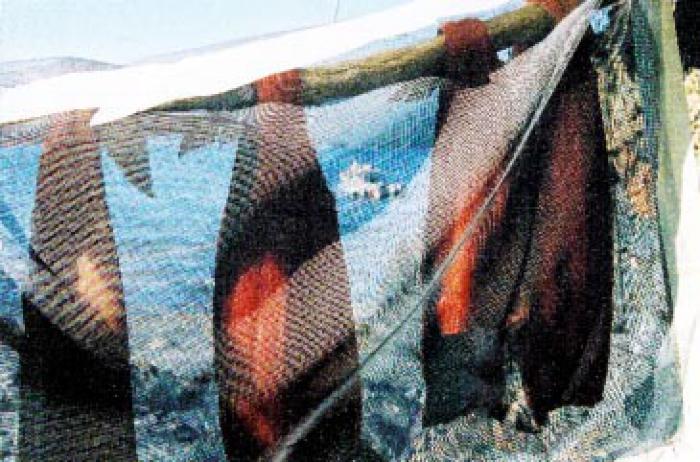Maggots — Qepel'ut

Flies are part of summer in Alaska, and where there are flies, there are maggots. Biologists break the life cycle of the fly (Diptera) into four stages. The life of a fly begins when a female lays an egg. Within 24 hours the egg hatches into a larva, the whitish, worm-like creature also known as a maggot. For up to two weeks the maggot gorges itself on food until it has consumed enough calories to enter the pupal stage. Now the maggot leaves its food source, crawling into a damp place to grow into a fly.
Although maggots often repulse Westerners, these tiny carnivorous creatures have many important functions. Across the globe, people use maggots to consume food waste, process animal manure, speed the healing of wounds, as well as for fishing bait and food. Many cultures consume insects, and maggots, like other larvae, are a rich package of fat and protein. They are also abundant.
For Alutiiq people, the concept of consuming maggots is not new. Keeping the flies off drying salmon is an age-old problem. Nets draped over drying racks fend off the magpies and gulls, and wind and smoke can reduce bugs, but flies are always attracted to drying fish. One way to protect your fish from maggots is to simply pick them off. Another is to cook infested fish. Elders recall that people used to boil maggot-covered dried fish in a pot of water. Then they put the rehydrated mixture in cheesecloth and mashed it. The final step was to add berries to create piginaq, a dish Elders recall as delicious.
